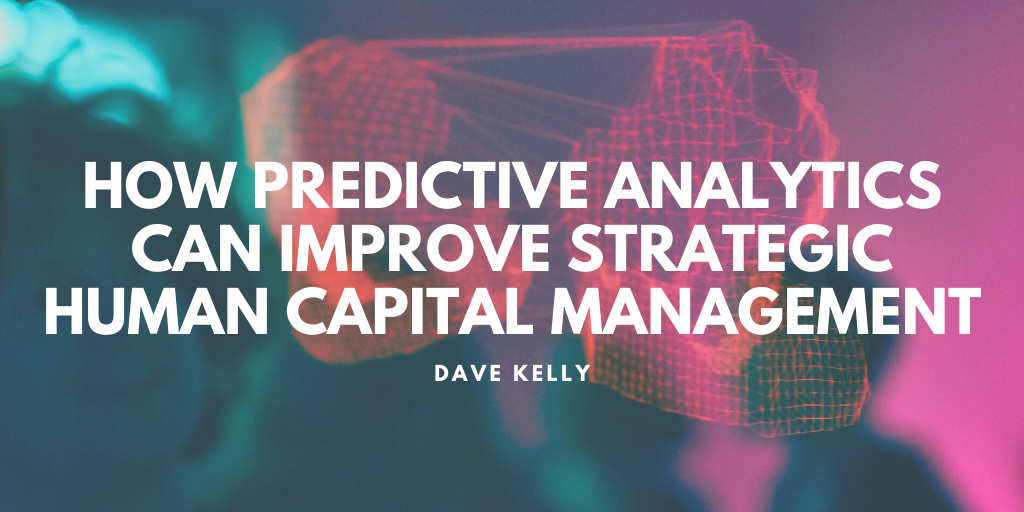This article was originally published to DaveKellyTech.com.
Last year’s U.S. Government Accountability Office (GAO) report identified Strategic HCM as a priority for federal agencies. Strategic HCM has been on GAO’s High-Risk List for a few years now, due in part to the need for more strategic use of data. According to GAO’s 2019 report, agencies “need to take action to address mission-critical skills gaps within their own workforces—a significant factor contributing to many high-risk areas.”
A thoughtful approach to strategic HCM considers every aspect of the employee journey from recruiting to performance management to payroll to retention and ultimately to attrition and retirement. A modern approach leverages advancements in machine learning and predictive analytics that can track personnel by classification, identify trends, and act as an early warning system for HR managers and the C-Suite. Capitalizing on modern data integration techniques, organizations gain significantly more information from existing systems.
Data Integration
Agencies hoping to gain predictive insights should consider data integration as a core component of their strategy. Just because the data necessary to feed the predictive models often lives in disparate systems doesn’t necessarily mean you need to shop for a new “all-in-one” HCM solution. Modern data integration and data visualization techniques can achieve the same result without the disruption of a “rip and replace” project, and at a much lower cost. The overarching principle of strategic HCM is that data must carry over between the various segments of HR and across various systems to provide the most insight. And that can be achieved through data integration.
Predicting Attrition
By understanding attrition, we can not only proactively plan hiring timelines based on classification, but we can also gain insights into the persona that tends to leave for a “new opportunity” vs. the persona that tends to stay, advance to a leadership role, and help us achieve our strategic objectives. This type of employee profiling can minimize the overall cost of talent acquisition and reduce employee onboarding expenses like training.
Large government agencies and corporations have personnel in various classifications all over the state, the country, or the world. Productivity and opportunity costs are lost when positions remain vacant or we hire a candidate who simply is not a good fit.
Employee Retention
Employee retention strategies or a lack thereof are often contributing factors to attrition. Predictive analytics models can help with this by creating turnover propensity scores that group employees in categories based on how likely they are to leave. These algorithms look at various factors like the number of past jobs, tenure, skills, education, time since last pay increase, leadership changes, travel, training, job classification, and other data elements that exist both within our own H.R. systems or are publicly available from other sources.
Once we understand who is at risk of leaving, we can go to work on keeping the employees who provide the most value to the organization. And by combining the power of data integration and predictive analytics we can drive value throughout the organization by empowering teams of happy high performers.


